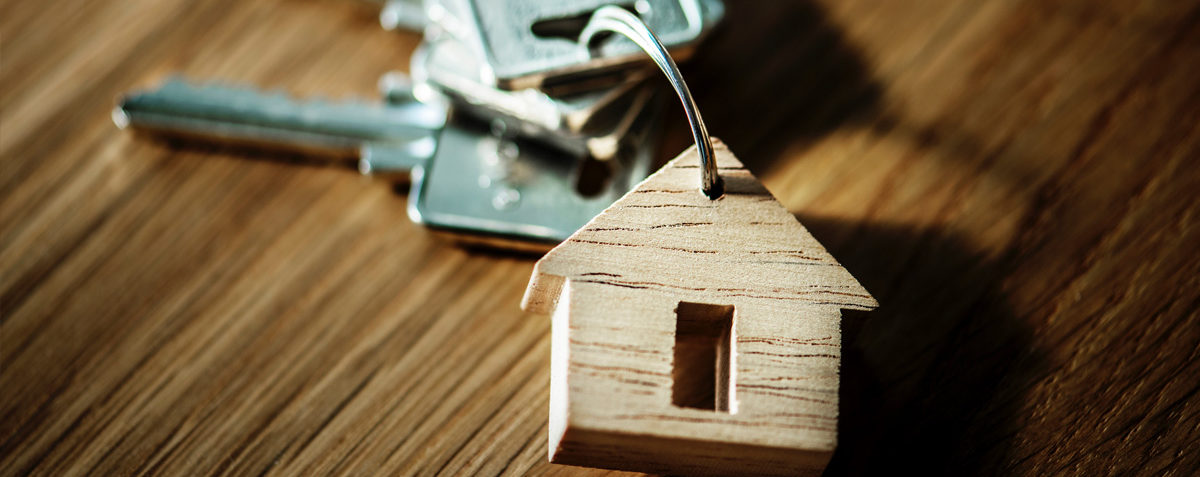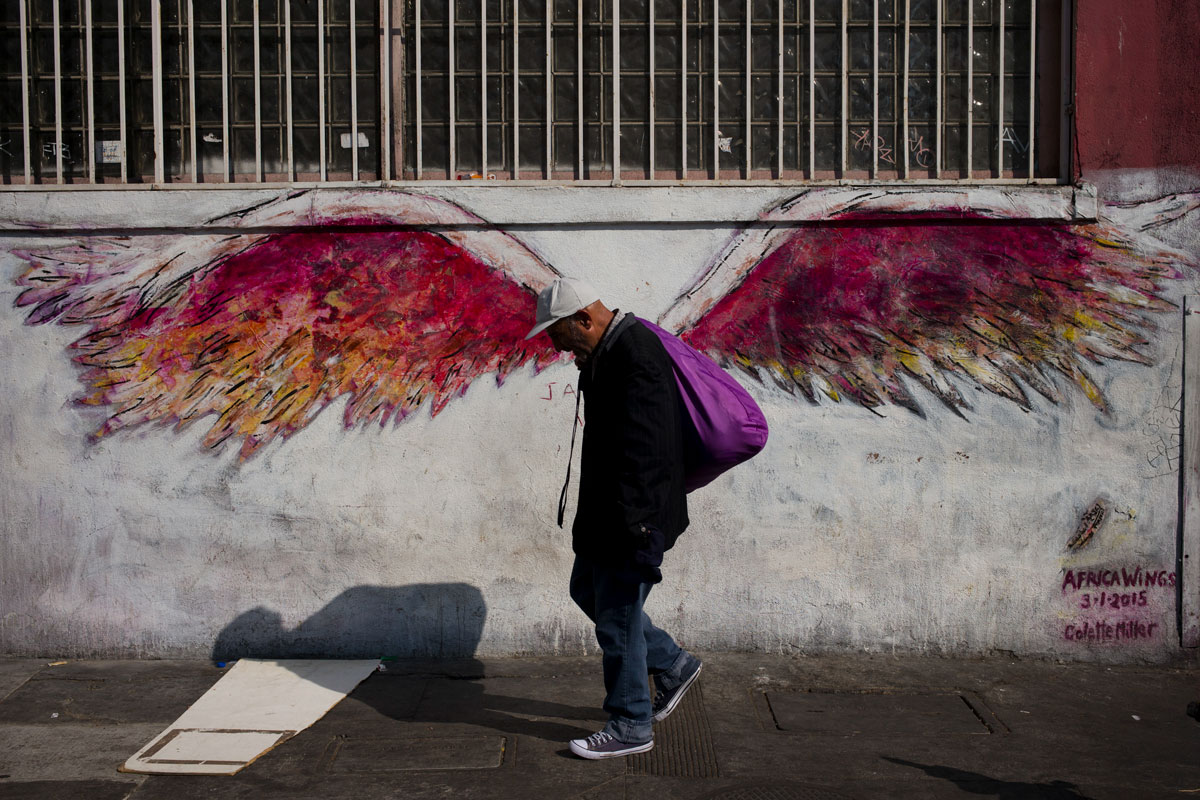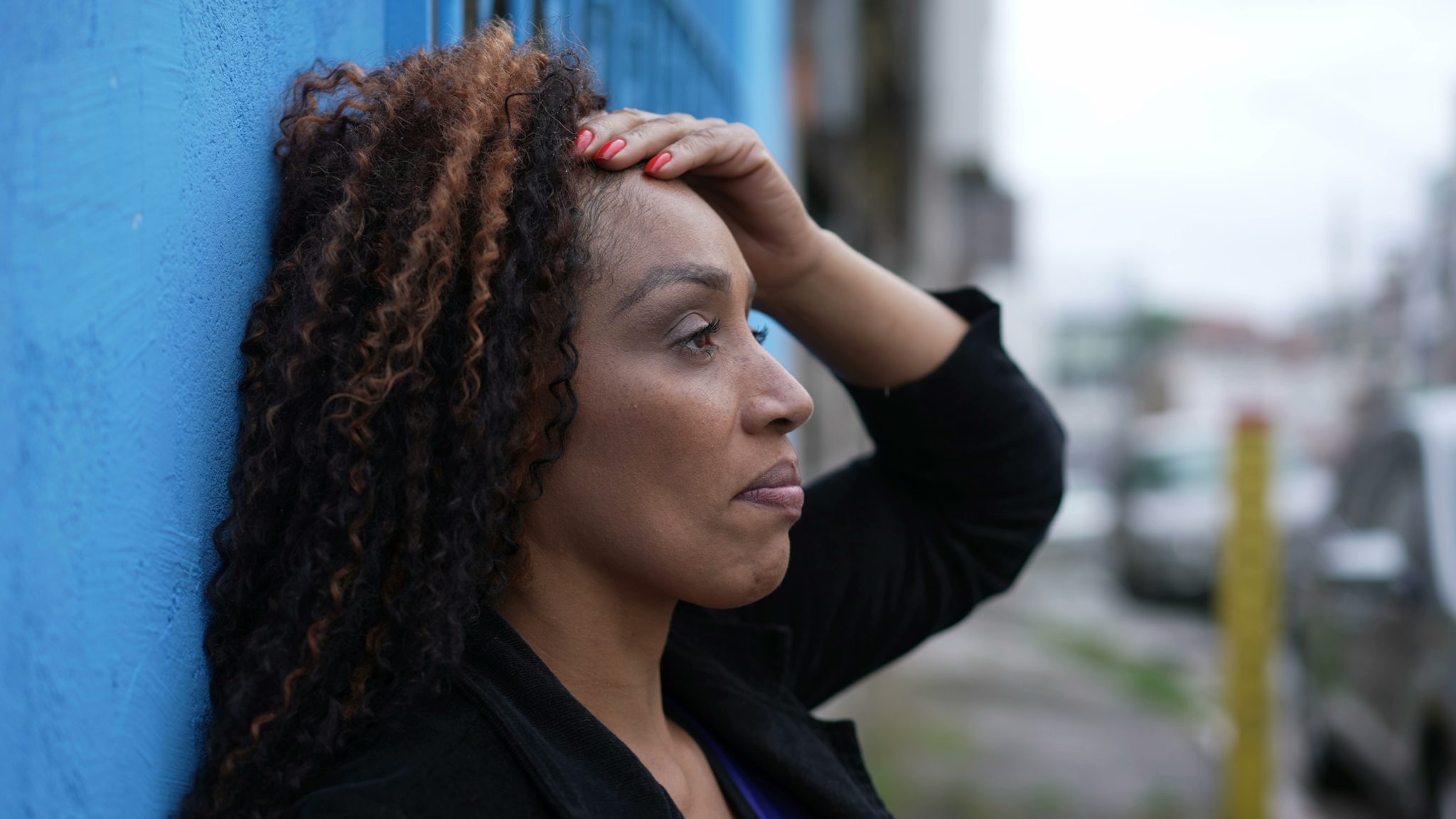This is the third installment in a series of posts examining the link between historical racism and modern homelessness. Prior posts can be found here and here.
Homelessness and incarceration are intricately linked, in myriad ways. People who are homeless are more likely to interact with law enforcement officers and to wind up in jail; the existence of many low-level offenses make it nearly impossible to live outdoors without being ticketed or arrested – even for “violations” such as sitting on the sidewalk. Formerly incarcerated people are up to thirteen times as likely to experience homelessness as the general population, due in part to the long-lasting punishment levied against people convicted of crimes even after they are released from jail. And among both groups, people of color, especially Black people, are drastically overrepresented.
Entering the prison system is a major reason people end up homeless. With nowhere to go at the time of release, and a system of policies that re-penalize them, many formerly-incarcerated people are forced into homelessness. Because Black people are over-policed, incarcerated at disproportionately high rates, and often receive harsher punishments, people of color are cycled directly from the criminal system directly into homelessness, in a way that white people are not.
Re-Entry and Homelessness
Life for people transitioning from incarceration to reintegration into the community is fraught with challenges. Social and economic barriers, outdated skill sets, and sanctioned discrimination make it hard for these individuals to find employment, especially in high-paying fields. Both public housing agents and private landlords have the legal right to discriminate on the basis of criminal history, barring formerly-convicted people from access to housing. The use of credit checks, high security deposits, income requirements, reference checks, and employer references can all make finding housing more difficult for someone who has been removed from the community for an extended period and faces barriers to gainful employment. Additionally, in some jurisdictions, formerly-imprisoned people can lose access to public benefits like food stamps, social security benefits, and cash assistance based on their criminal history, further entrenching their economic instability, which makes falling into homelessness more likely.
It’s clear that spending time in the prison system makes eventual homelessness more likely. But it’s also important to understand the intrinsic links between race, criminalization, and homelessness.
Policing, Race, and Homelessness
Communities where Black people live are consistently overpoliced. Efforts like the War on Drugs, Stop & Frisk Policies, and “Broken Windows” policing allow police officers to interrogate people of color at disproportionate rates. In 2010, Black people in New York City were eight times more likely than white people to be stopped by police, and eleven times more likely to be frisked. In addition, people of color are frequently subject to over–sentencing and predatory legal practices, meaning on average they end up serving longer sentences for the same offenses.
Implicit bias among people employed in the criminal justice system, combined with policies that specifically target low income communities and communities of color, mean that Black people end up in jail at much higher rates than their proportion of the general population. Spending time in jail means a higher likelihood of later experiencing homelessness. Together, these facts show how injustice in the prison system contributes to disparity within homelessness.
Homelessness does not exist in a vacuum, and the work of ending homelessness can only be successful as part of a broader equity-based framework. As part of that effort, we must enlist the law enforcement and criminal justice systems to recognize not only their own histories of furthering racial inequities in homelessness to date, but also their responsibilities to reduce disparities in partnership with homeless crisis response systems.
Stay Updated: Solutions, Stories, and Ways to Make an Impact
Sign up to receive updates on the Alliance’s work, including the latest research, advocacy efforts, and real stories of progress — plus ways you can help drive lasting change.














